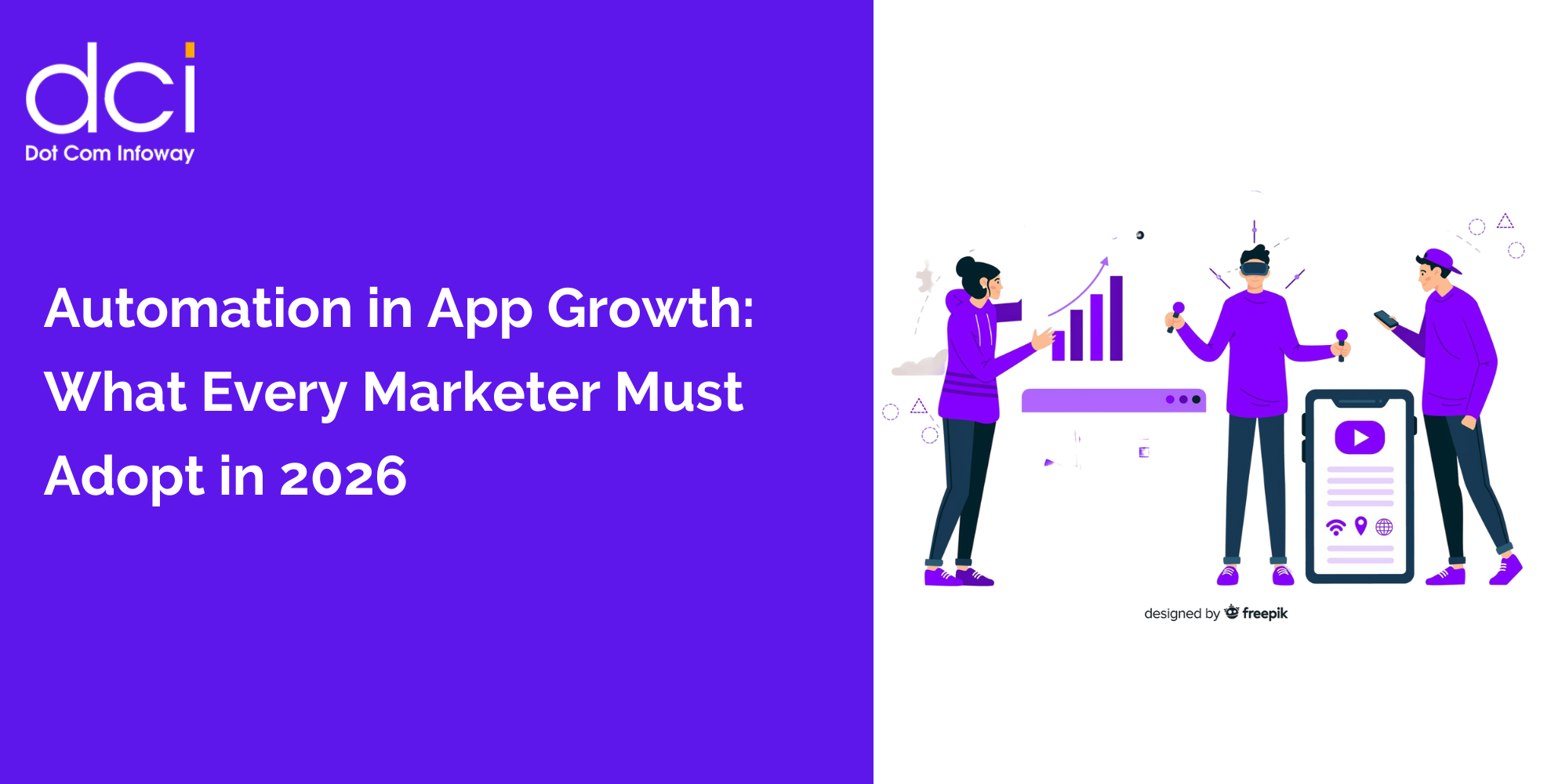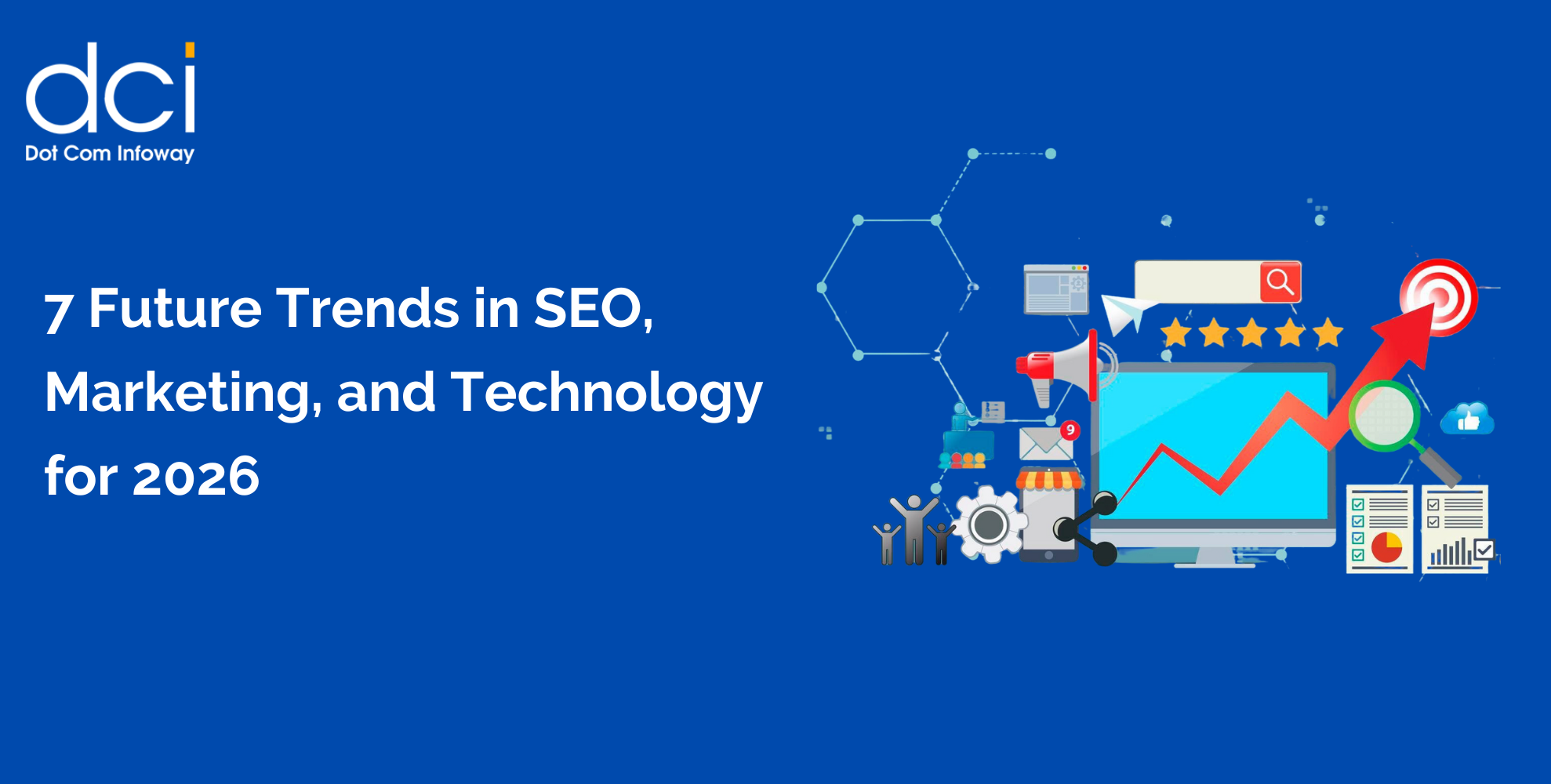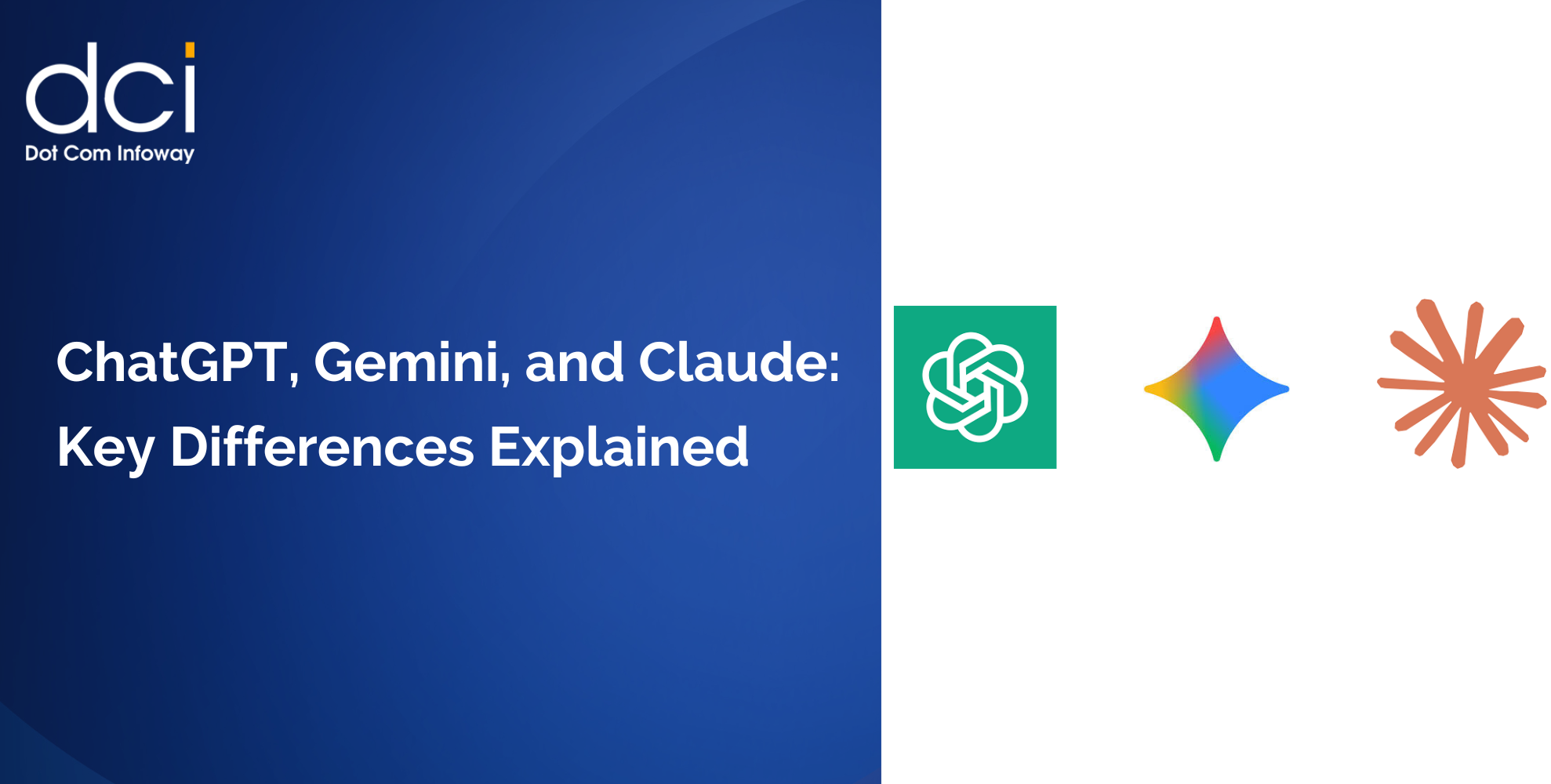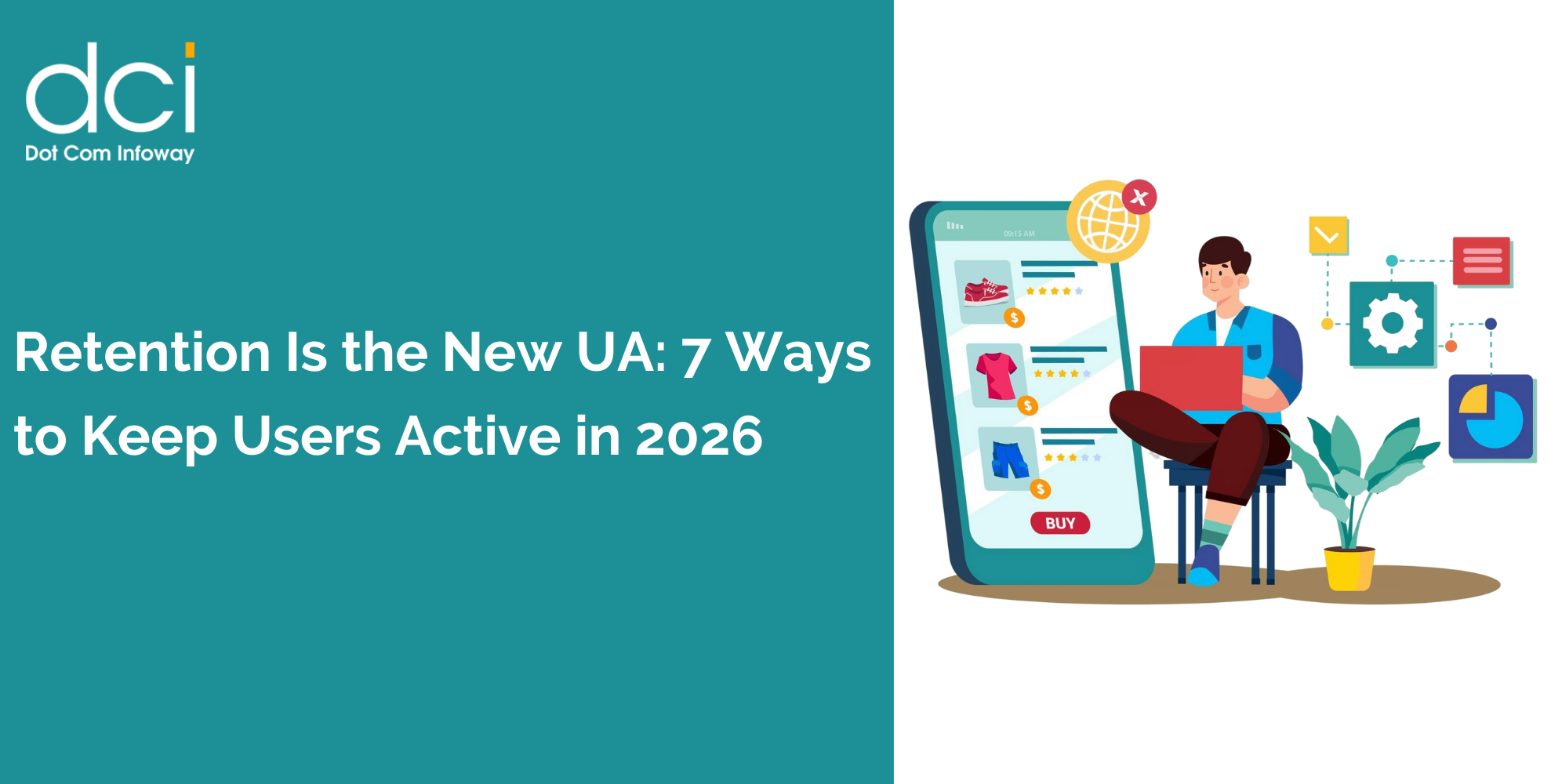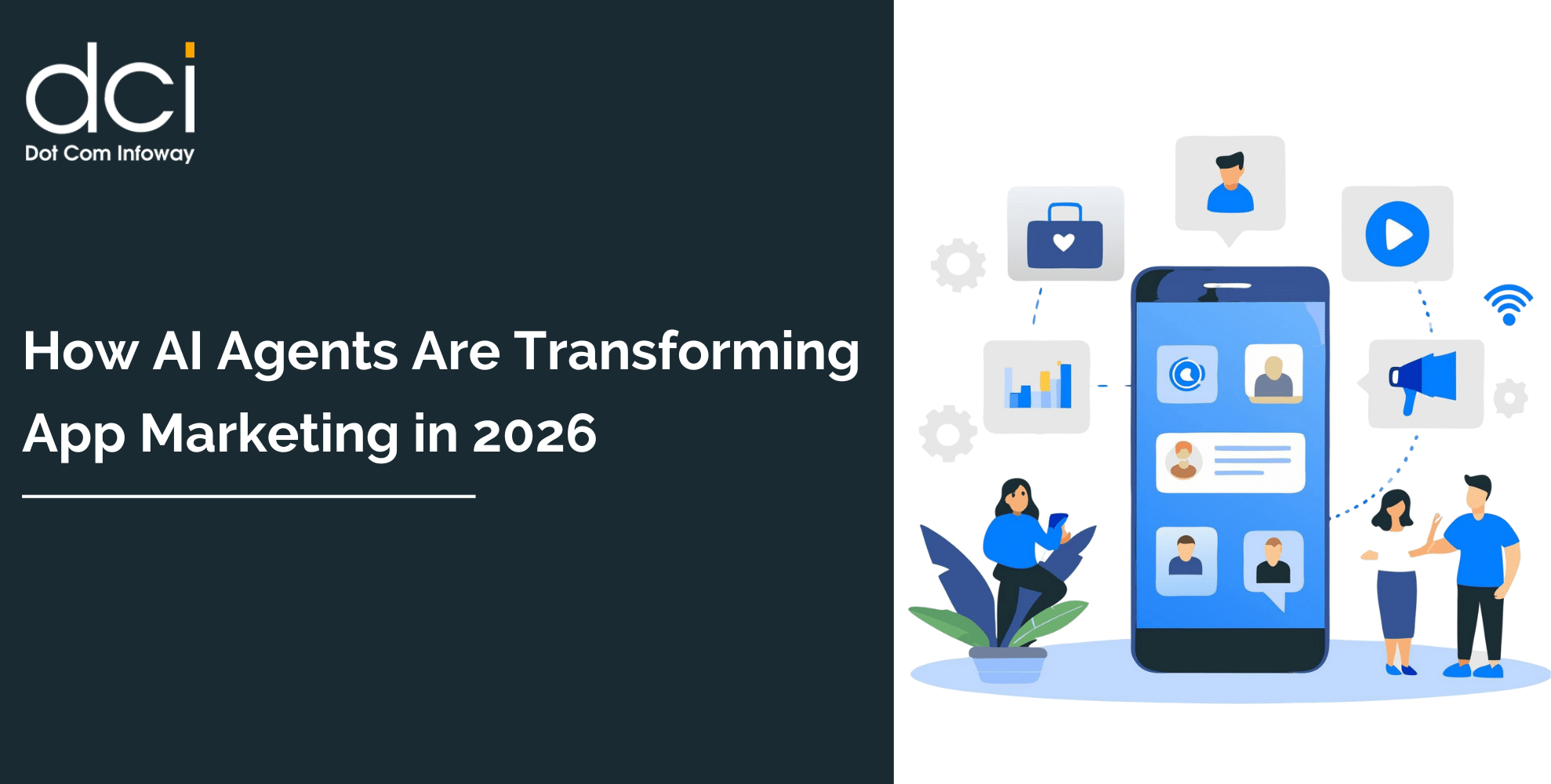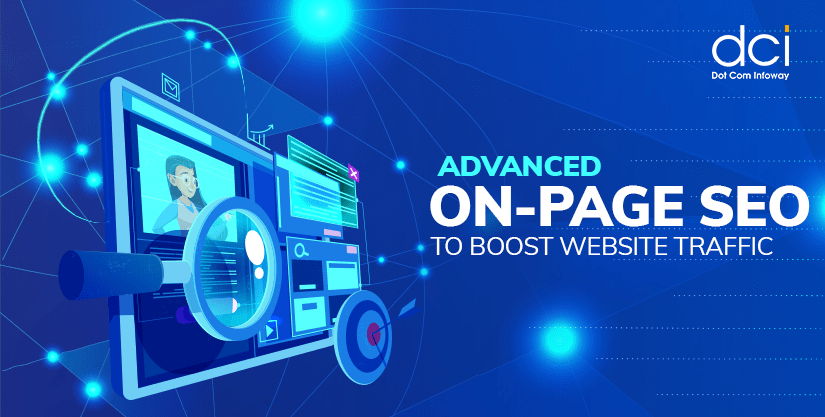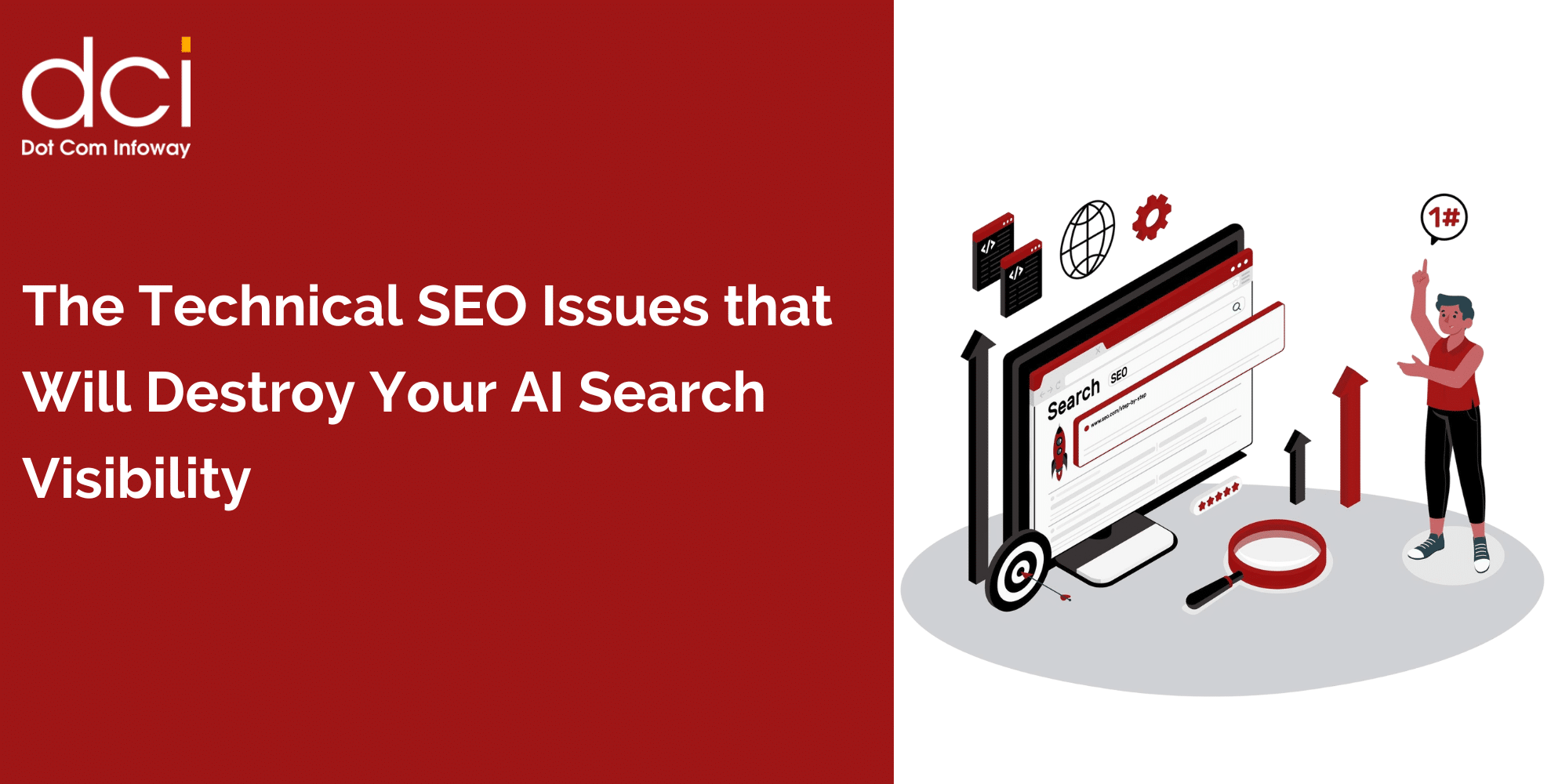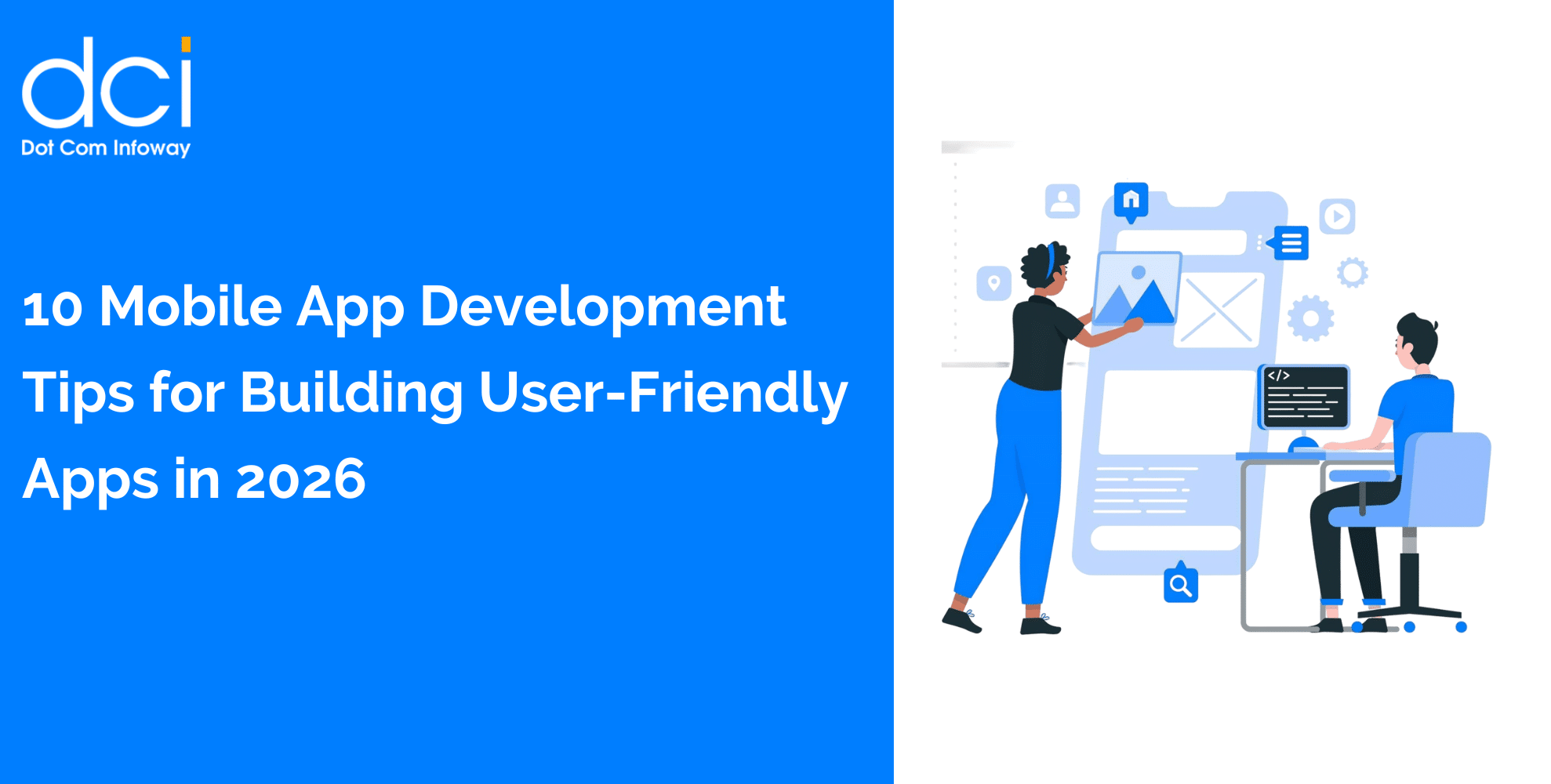Real-World Success Stories: Companies Leading the AI Revolution
Zalando’s Fashion Intelligence
European fashion retailer Zalando deployed a ChatGPT-powered fashion assistant that revolutionized how customers discover products. When a customer asks, “What’s a good outfit for a wedding ceremony in Santorini in August?” the chatbot doesn’t just search keywords it understands the formal nature of the event, considers the Mediterranean climate, and suggests appropriate attire.
The results were remarkable: 23% increase in product clicks, 40% growth in wishlist additions, and successful scaling to 25 markets. Zalando’s success demonstrates how AI-powered chatbots can provide contextual, personalized recommendations that rival human expertise.
Marriott’s ChatBotlr: Hospitality Redefined
Marriott International recognized that modern travelers expect instant service. Their ChatBotlr system allows guests to request services, get answers, and receive personalized recommendations through text-based communication. The chatbot operates as a digital concierge, reducing wait times and allowing human staff to focus on complex guest needs.
“By embracing emerging messaging technologies, we can expand service to our guests on their terms and through communication channels they increasingly prefer and feel comfortable using.” — Stephanie Linnartz, Global Chief Commercial Officer at Marriott International.
ING Bank’s Multi-Market Approach
Dutch bank ING has been deploying AI-powered chatbots since 2017, with different chatbots for different markets Australian Lionel, Belgian Marie, Dutch Inge, and wholesale banking chatbot Bill. These chatbots use NLP to understand customer needs and provide 24/7 banking support through Meta Messenger.
The strategic decision to use Messenger meant customers could access banking services without logging into their accounts, significantly increasing accessibility and reach. ING was also the first bank to implement voice technology, allowing customers to use their voice for authentication and access.
The Technical Foundation: How AI-Powered Chatbots Work
Modern AI-powered chatbots operate on sophisticated technical foundations that enable human-like interactions. At their core, these systems use:
- Natural Language Processing (NLP) enables chatbots to understand human language, including sentiment, intent, and tone. This allows them to respond appropriately to customer emotions and provide contextually relevant assistance.
- Machine Learning algorithms continuously improve chatbot performance by analyzing past interactions, identifying patterns, and refining responses. Each conversation makes the system more intelligent and capable.
- Integration capabilities allow chatbots to connect with existing business systems, CRM platforms, order management systems, and knowledge bases providing comprehensive, real-time information to customers.
- Multi-channel deployment ensures customers can interact with chatbots across various touchpoints: websites, mobile apps, social media platforms, and messaging services.
Quantifying the Impact: Metrics That Matter
The effectiveness of AI-powered chatbots extends far beyond simple cost savings. Leading companies track several key metrics that demonstrate substantial business impact:
Response Time Improvements: Eye-oo achieved an 86% decrease in waiting times, reducing response time from 5 minutes to 30 seconds. AirHelp improved response times by 65%, crucial for stressed travelers needing immediate assistance.
Automation Rates: Bella Santé automated 75% of customer conversations, while Suitor achieved 85% automation. These high automation rates free human agents to handle complex, high-value interactions.
Revenue Generation: Eye-oo generated €177K in AI-attributed revenue with a 25% increase in sales. Procosmet saw a 23% increase in sales and over 100 new prospects monthly.
Customer Satisfaction: ADT Security Services achieved a 30% increase in customer satisfaction, while Endeksa’s chatbot reached an 88% helpfulness rate.
The Human-AI Collaboration Model
Successful implementation of AI-powered chatbots doesn’t mean eliminating human agents it means creating effective human-AI collaboration. This hybrid approach leverages the strengths of both:
AI handles routine inquiries: Password resets, order tracking, FAQ responses, and basic troubleshooting can be automated efficiently.
Humans manage complex issues: Emotional support, creative problem-solving, and nuanced situations requiring empathy remain human domain.
Smart routing ensures seamless handoffs: When AI encounters limitations, conversations are transferred to human agents with complete context, eliminating frustrating repetition.
ServiceNow exemplifies this approach by balancing innovation with a human touch, using AI to augment rather than replace human capabilities.
“By embedding generative AI into our platforms, we are empowering our customers to radically improve productivity and realize the true potential of enterprise‑grade AI.” — CJ Desai, President and COO at ServiceNow
Industry-Specific Applications
Retail and E-commerce
AI-powered chatbots excel in retail environments, handling product recommendations, inventory queries, and order management. They can analyze customer browsing behavior and purchase history to provide personalized suggestions, increasing conversion rates and customer satisfaction.
Financial Services
Banks and financial institutions use chatbots for account inquiries, transaction history, payment processing, and basic financial advice. The 24/7 availability is particularly valuable for global customers across different time zones.
Healthcare
Medical chatbots can schedule appointments, provide medication reminders, answer basic health questions, and triage patient concerns. They must operate with high accuracy and appropriate disclaimers about medical advice.
Hospitality and Travel
Hotels, airlines, and travel companies deploy chatbots for booking assistance, itinerary management, and customer service. The ability to handle multiple languages and provide instant responses enhances the travel experience.

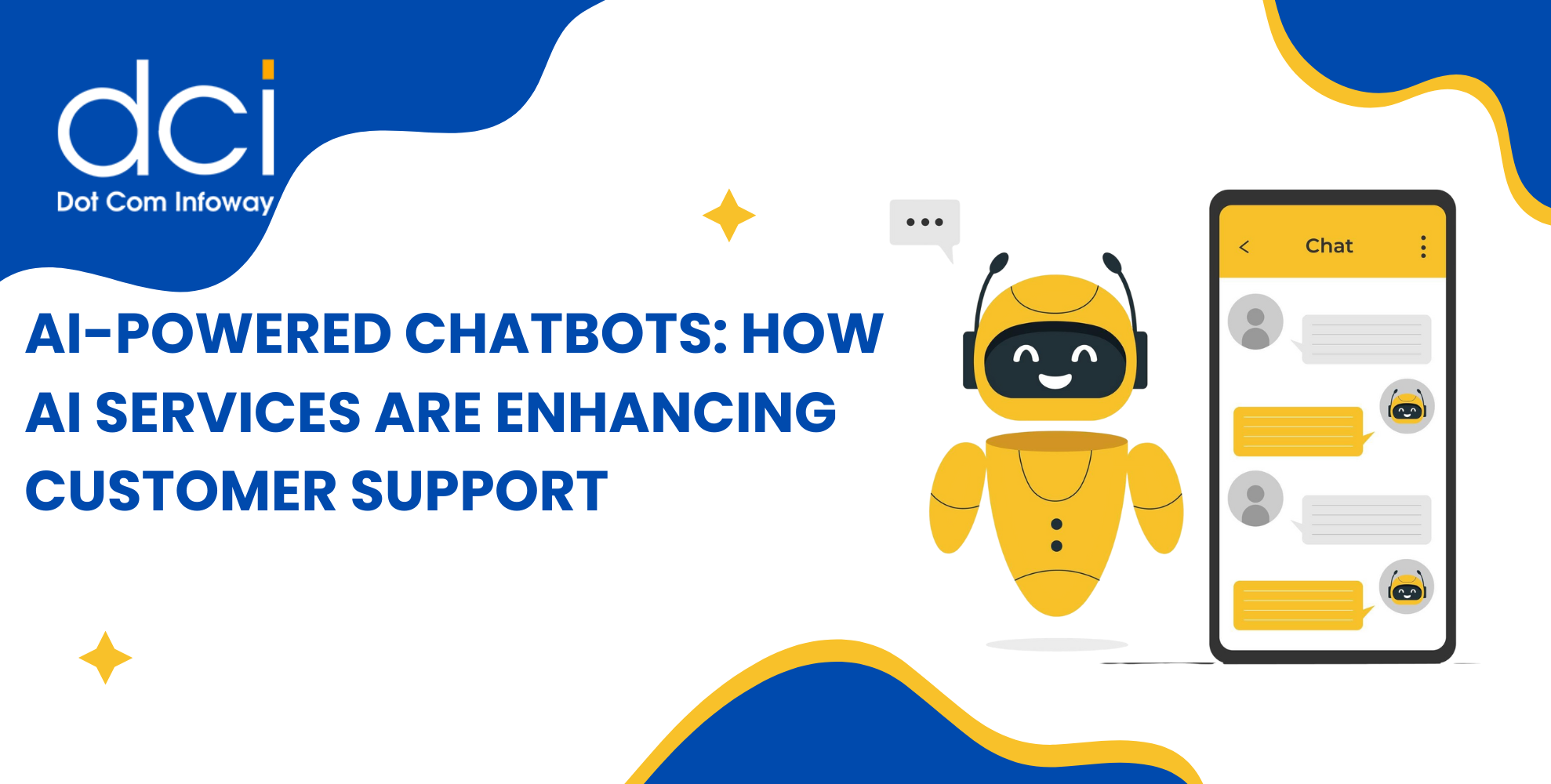
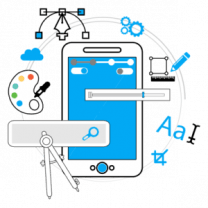

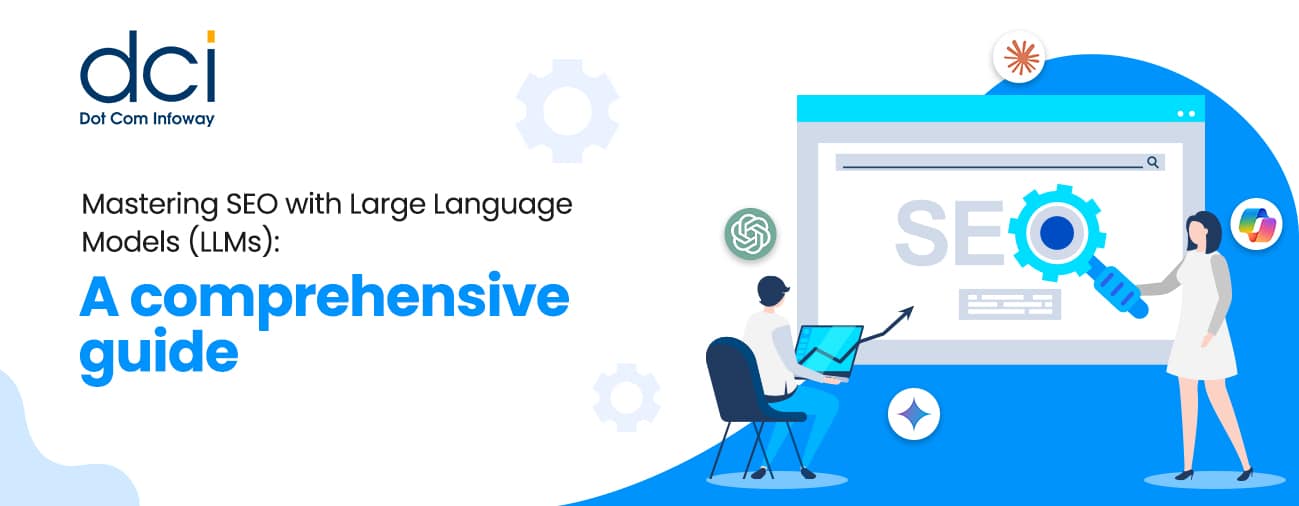
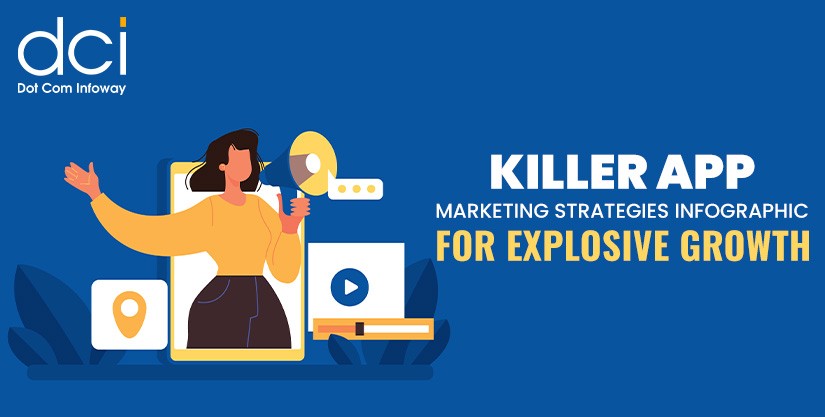

![The Game Marketing Guide: Pre and Post-Launch Strategies [Infographic]](https://www.dotcominfoway.com/wp-content/uploads/2023/09/DCI-Game-Marketing-blog-1.jpg)
